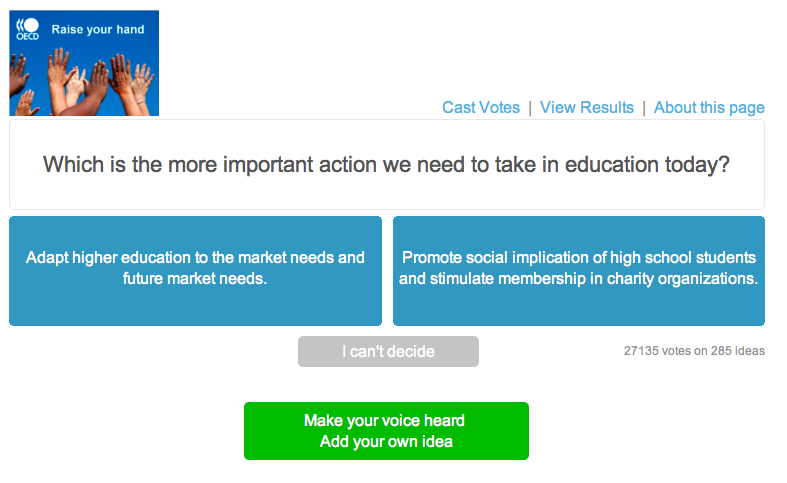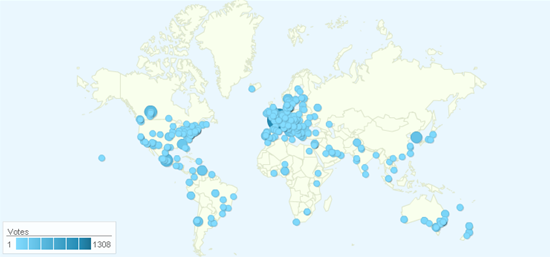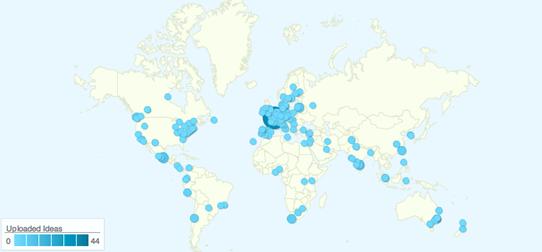Today the Federal Trade Commission announced that I will become their Chief Technologist, effective January 1. My main role at the FTC will be to provide advice on technology policy issues. (Princeton has an announcement too.)
What does this mean for Princeton’s Center for Information Technology Policy? During my time at the FTC, I’ll be on leave from Princeton, and my colleague Prof. Margaret Martonosi will be Acting Director of CITP. Margaret will bring fresh ideas to CITP, and I know that she is committed to maintaining CITP’s active programs of public events, visiting fellows, and student engagement. CITP’s wonderful staff will help to maintain continuity and keep things running smoothly.
CITP is all about clarifying complex technology policy issues and helping policymakers better understand the choices they are making. I’m looking forward to putting this into practice in government–and then coming back to Princeton with a deeper knowledge of how policy is really made.





